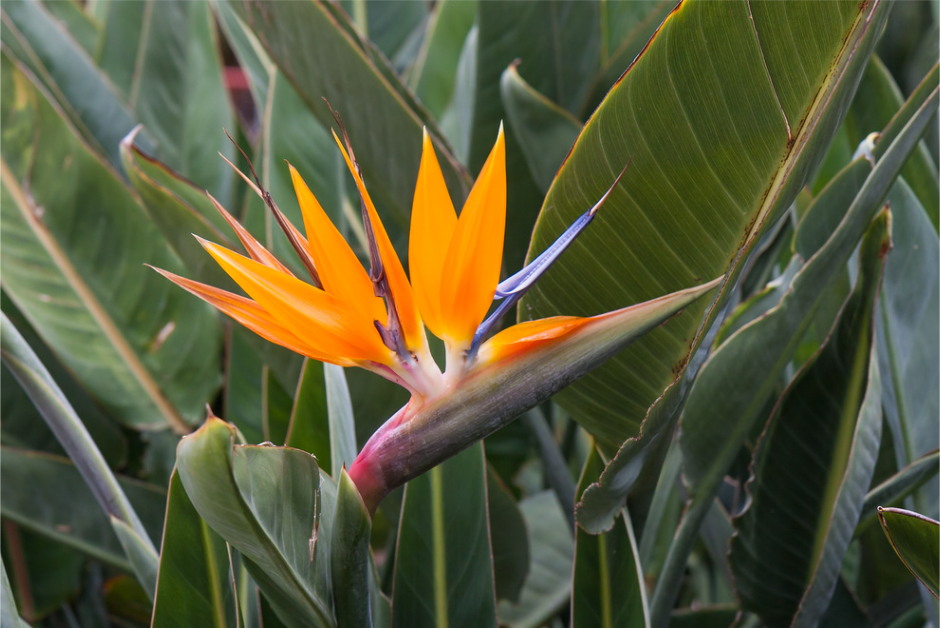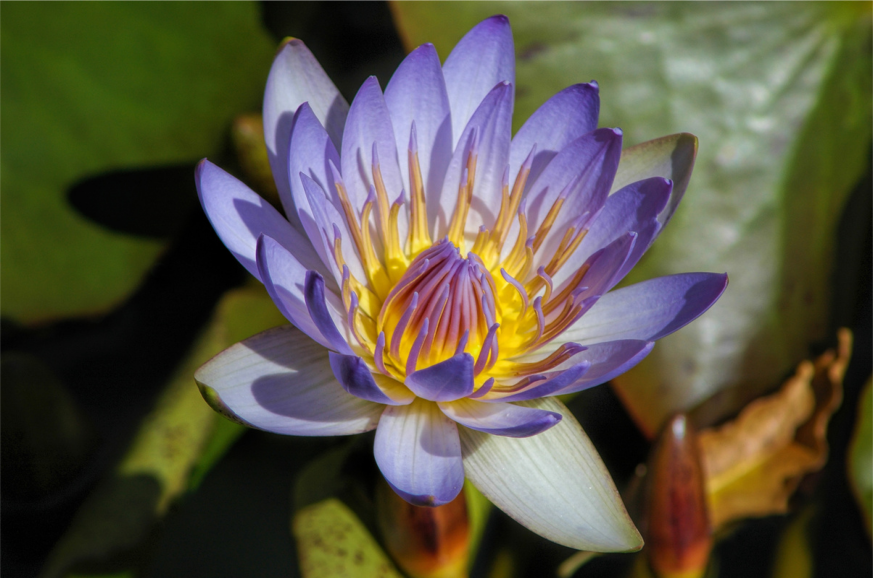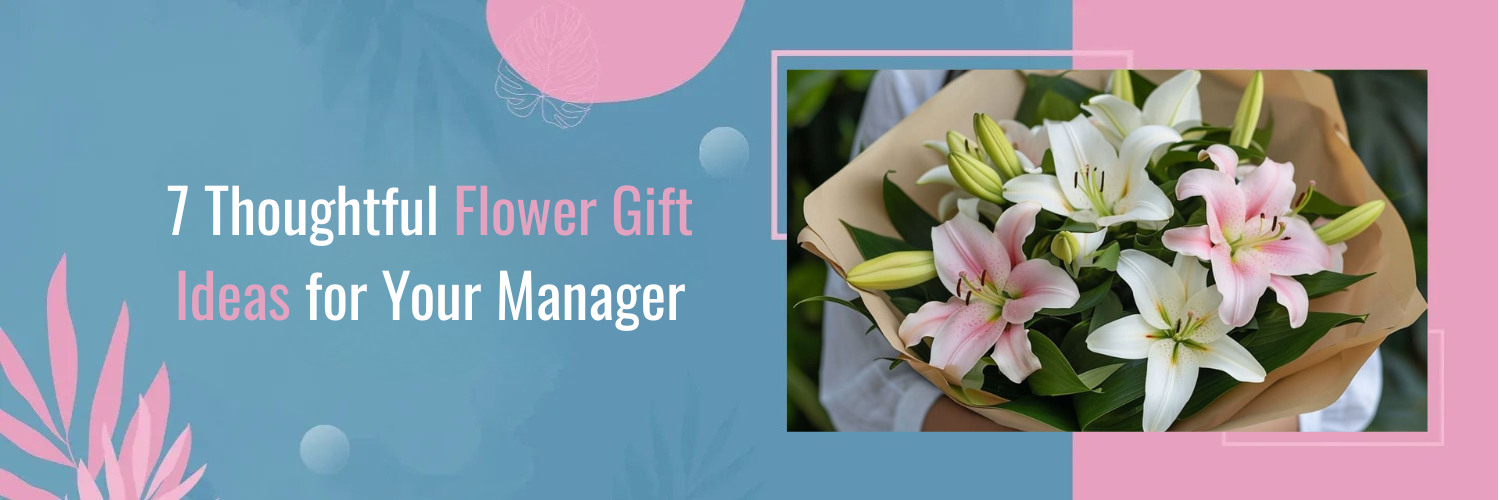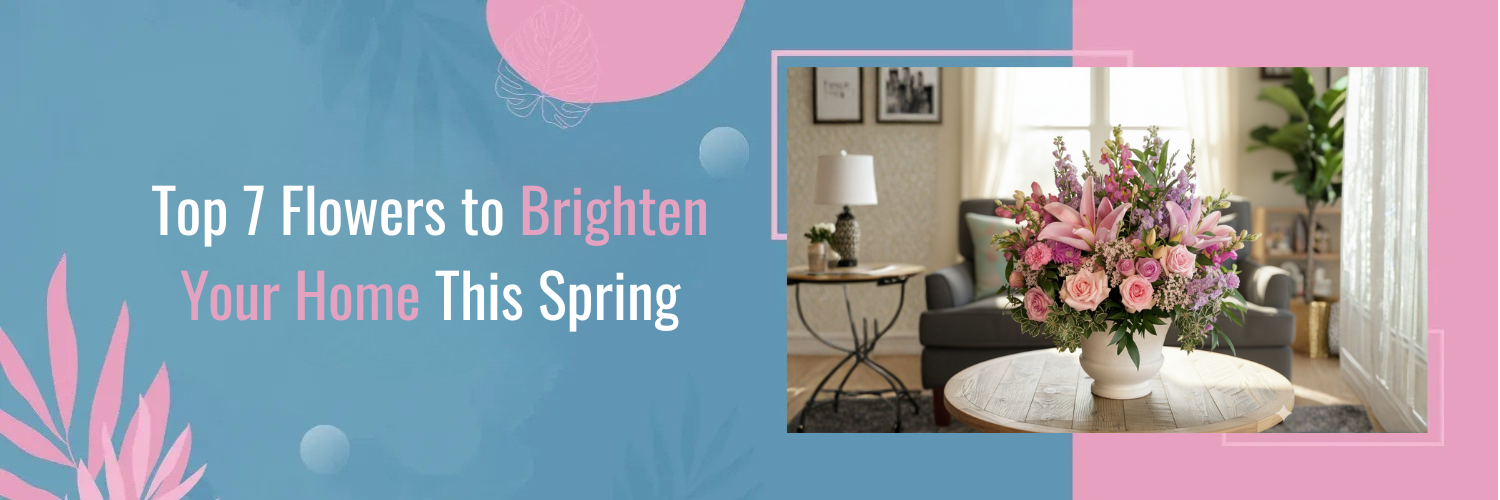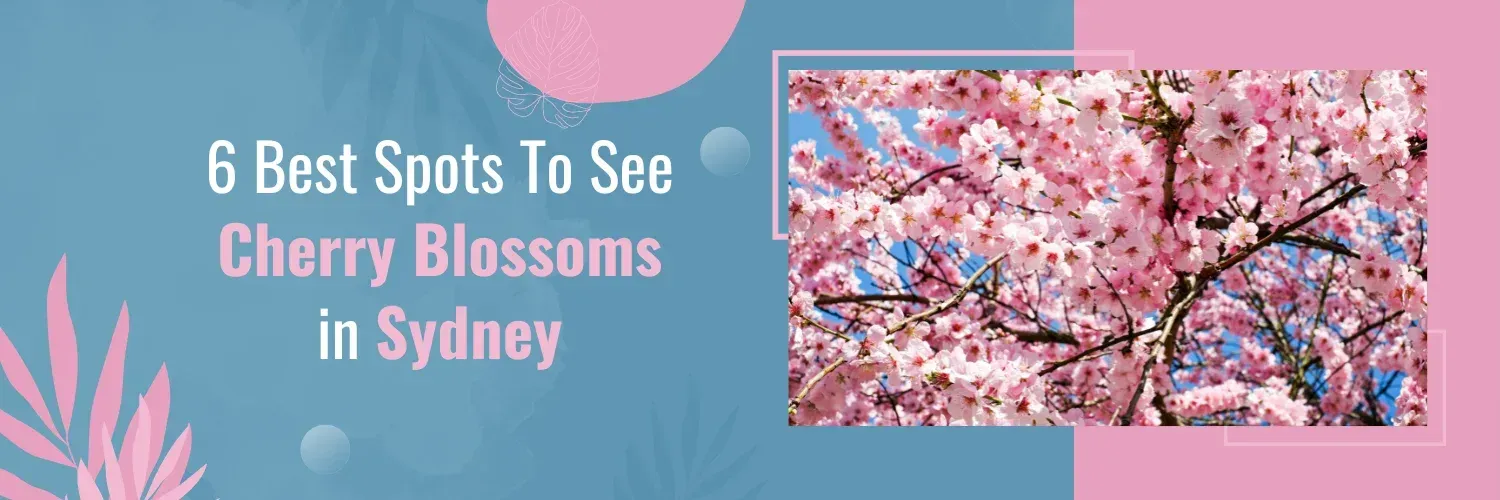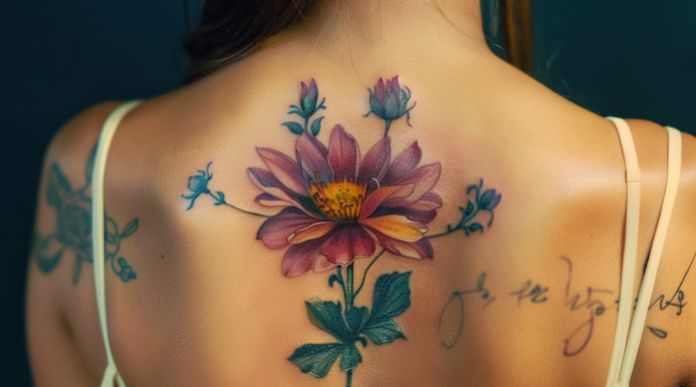Exotic Flowers
Tropical flowers have an irresistible allure that captivates garden enthusiasts and flower lovers around the world. Their vibrant colours, unique shapes, and intoxicating fragrances transport us to far-off paradises, even if we’re just tending to our backyard gardens. In this blog, we’ll introduce you to ten of the most exotic tropical flowers you’ve probably never heard of, each possessing a charm and mystique that is sure to leave you in awe. These blooms have the power to transform any garden into a tropical oasis and infuse any bouquet with a touch of the extraordinary.
The 10 Most Exotic Tropical Flowers
Orchid Cactus (Epiphyllum oxypetalum)
The Orchid Cactus, scientifically known as Epiphyllum oxypetalum, is a remarkable tropical flower known for its exquisite beauty and distinctive characteristics. Its large, fragrant, and intricate blooms resemble orchids, hence the name. Orchid Cacti are epiphytic, which means they grow on trees in their native rainforest habitats. To cultivate them successfully, mimic their natural environment by providing well-draining soil, indirect sunlight, and regular watering. Their stunning, night-blooming flowers make them a showstopper in any garden, and their cascading stems create a picturesque display.
Bird of Paradise (Strelitzia reginae)
The Bird of Paradise plant, scientifically known as Strelitzia reginae, is one of the most iconic tropical flowers, known for its remarkable resemblance to a colourful, exotic bird. Native to South Africa, it boasts large, banana-like leaves and vibrant orange and blue blooms that resemble the plumage of a tropical bird. Not only is the Bird of Paradise a symbol of paradise on Earth, but it’s also a symbol of joy and freedom. To grow these majestic plants, ensure they receive plenty of sunlight and well-drained soil. In tropical climates, they can reach impressive heights and are a favourite among landscape designers.
Corpse Flower (Amorphophallus titanum)
Prepare to be intrigued by the Corpse Flower, scientifically known as Amorphophallus titanum. This flower’s peculiar name stems from the foul odour it emits when it blooms, reminiscent of a rotting corpse. Native to the rainforests of Sumatra, it’s renowned for its rarity and infrequent blooming, often taking years to do so. When it does, the Corpse Flower unfolds a massive, burgundy-hued spathe that can reach several feet in height. To catch a glimpse of this unusual botanical wonder, visit conservatory gardens around the world, where it’s grown for its exceptional novelty.
Bat Flower (Tacca chantrieri)
The Bat Flower, scientifically known as Tacca chantrieri, is a tropical plant with a unique bat-like appearance. Native to Southeast Asia, it boasts dark, velvety petals that resemble a bat’s outstretched wings. This intriguing flower is shrouded in folklore, believed to bring good luck and prosperity in some cultures. When cultivating the Bat Flower, provide it with well-draining soil and partial shade to mimic its natural habitat. Its captivating presence makes it a popular choice among collectors of exotic plants.
Torch Ginger (Etlingera elatior)
Introducing the vibrant Torch Ginger flower, scientifically known as Etlingera elatior. This tropical beauty is native to Southeast Asia and is not only known for its stunning appearance but also for its culinary and medicinal uses. The Torch Ginger produces tall, bright red or pink inflorescences that resemble a flaming torch, hence its name. In addition to its ornamental value, its flower buds are used in various Asian cuisines, and the plant itself has medicinal properties. When growing Torch Ginger, ensure it has well-drained soil, partial shade, and regular moisture to thrive.
Black Bat Flower (Tacca integrifolia)
Exploring the mysterious Black Bat Flower, scientifically known as Tacca integrifolia, takes us into the realm of dark and exotic blooms. Native to tropical regions of Southeast Asia, this flower is truly a rare gem. Its most striking feature is its dark, bat-shaped inflorescence, which contrasts beautifully with its lush, green foliage. To cultivate the Black Bat Flower, replicate its natural habitat by providing well-draining soil and filtered sunlight. Enthusiasts of unique and rare plants are often drawn to this enigmatic species.
Jade Vine (Strongylodon macrobotrys)
The Jade Vine, scientifically known as Strongylodon macrobotrys, graces us with its stunning blue-green blossoms that drape like a cascade of delicate jewels. Native to the Philippines, this tropical vine is characterized by its intricate flower clusters, which are pollinated by bats. To grow a thriving Jade Vine, ensure it receives bright, indirect sunlight and well-draining soil. The rarity and beauty of this vine make it a prized addition to botanical gardens and tropical-themed landscapes.
Ghost Orchid (Dendrophylax lindenii)
Unveiling the Ghost Orchid, scientifically known as Dendrophylax lindenii, we encounter one of the most elusive and mysterious orchids in the world. This orchid is aptly named due to its ghostly, ethereal appearance and its tendency to grow in inaccessible swampy habitats. It’s so rare that finding it in the wild is a once-in-a-lifetime experience. Conservation efforts are in place to protect this rare beauty, ensuring that future generations can appreciate its delicate, otherworldly charm.
Passion Flower (Passiflora)
The Passion Flower, belonging to the Passiflora genus, is a family of tropical plants known for their vibrant and intricate blooms. These flowers come in a wide variety of colours and forms, each unique in its own right. Passion Flowers are not only captivating ornamental plants but also have a rich history of cultural and medicinal significance. Depending on the species, they may be used for their fruit, flowers, or leaves. When growing Passion Flowers, provide them with well-drained soil, ample sunlight, and support for their climbing vines. Their versatility and beauty make them a beloved addition to gardens worldwide.
Blue Water Lily (Nymphaea caerulea)
The ethereal Blue Water Lily, scientifically known as Nymphaea caerulea, has captivated cultures throughout history with its cultural and historical significance. This aquatic beauty, native to Egypt, is not just admired for its enchanting blue flowers but also for its role in ancient rituals and symbolism. To cultivate the Blue Water Lily, create a water garden with still, shallow waters and ensure it receives plenty of sunlight. This flower adds a touch of mystique and serenity to any aquatic setting.
Conclusion
The world of exotic tropical flowers holds a truly unparalleled allure. These ten extraordinary blooms, from the Orchid Cactus to the Blue Water Lily, are a testament to the diversity and wonder of the plant kingdom. Whether you’re an experienced gardener or simply someone who revels in the beauty of nature, we invite you to explore these remarkable flowers and let their enchantment become a part of your life. And if you’re eager to bring a touch of the tropics into your own space, why not take the next step?
Order your tropical flowers from Bourkes Florist , and let us deliver a piece of paradise right to your doorstep. Transform your surroundings, create cherished memories, and bask in the moments of awe that only these exotic blooms can provide.
FAQs
Q: How do I care for tropical flowers in non-tropical climates?
Caring for tropical flowers in non-tropical climates can be challenging but rewarding. Ensure they receive sufficient sunlight, use well-draining soil, and consider indoor gardening or greenhouse options for temperature control.
Q: Where can I purchase exotic tropical flowers?
Exotic tropical flowers can be purchased from specialized nurseries, online retailers, or botanical gardens. Look for reputable sources that offer healthy plants and provide care instructions.
Q: What are some tips for creating a tropical flower garden?
To create a tropical flower garden, select a variety of tropical plants, pay attention to their sunlight and moisture requirements, and consider incorporating water features, like ponds or fountains, to mimic the tropical environment. Research and planning are key to a successful tropical garden.



